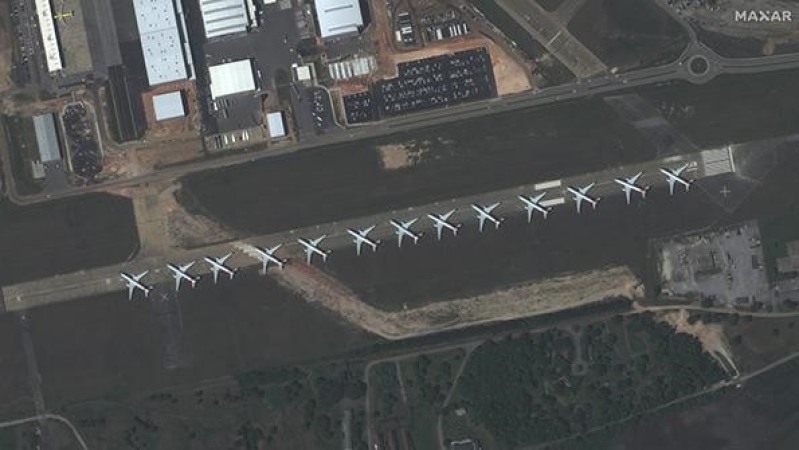21 juillet 2020
Startups Need Free Data To Work With Army: Venture Capitalists
Because open-source software lacks the same kind of cyber certification that comes with more sensitive information, it is fertile ground for start-ups looking to work on military data, provided each service makes an open-source library available. By KELSEY ATHERTONon July 20, 2020 at 7:01 AM ALBUQUERQUE: Venture capitalists want the Pentagon to be a good market. But for an industry that makes many unsuccessful bets in the promise that just a few pan out spectacularly, marketing software exclusively to the Pentagon poses an almost unacceptable risk. To ease startups into contracting, investors suggest the Army should provide unclassified, open-source data as the Air Force already does. Near the top of his investors' wishlist, says Stu Solomon, CTO of intelligence provider Recorded Future, is removing “a lot of the friction necessary to get innovation into the government without having to be directly aligned or affiliated with the big solution integrators.” Hitching new technology to a company already firmly ingrained in the Pentagon's ecosystem is a popular way to shepherd new software through the acquisitions process. It is also partly explains how, despite hundreds of millions of dollars in military contracts going to Silicon Valley companies, tech adoption seems as slow from the Valley as elsewhere. Solomon's remarks came during a panel at AFCEA's 2020 AFCEA Army Signal conference. Recorded Future was founded in 2008, received early funding from IN-Q-TEL, received a contract from DIU in 2017, and a contract from Cyber Command in 2020. Much of Recorded Future's product is built on ingesting open-source information and offering analysis. As a feature, that meant the company could sustain itself in the commercial market, selling enterprise software, while still planning long-term to contract with the military, DHS, and intelligence services. “If you think this is eventually going to be a market that matters to you, you're not going to be able to wait four years for the procurement process to mature as your product matures,” said Elizabeth Lawler, founder of Founder of AppLand. If a startup's focus is solely on processing classified data, the capital investors need to be aligned directly with that goal to fund it since getting certified to handle classified material is one of the major sources of cost and friction. “My current startup, focused on providing real-time up-to-date software images, works on things that are less sensitive as a starting point,” said Lawler, “for example, some of the code bases in the Air Force's open source code repository.” Because open-source software lacks the same kind of cyber certification that comes with more sensitive information, it is fertile ground for start-ups looking to work on military data, provided the service makes an open-source library available. “When it comes to this Valley of Death, I really view what we do when we start companies as an awful lot like a really difficult special forces mission,” said Andy Palmer, co-founder and CEO of data management company Tamr. “When you go in, you drop onto the ground to start a company, with a small team of people, and limited resources, and what oftentimes feels like an unreasonable objective. It's hand to hand combat for much of it, it's not pretty. The goal is survival.” So, if the Army wants to bring new data tools to the battlefields of the future, it could start by creating open-source environments that allow companies to solve problems, at a smaller scale and without the hurdles of classification, suggested several panelists. https://breakingdefense.com/2020/07/startups-need-free-data-to-work-with-army-venture-capitalists/



